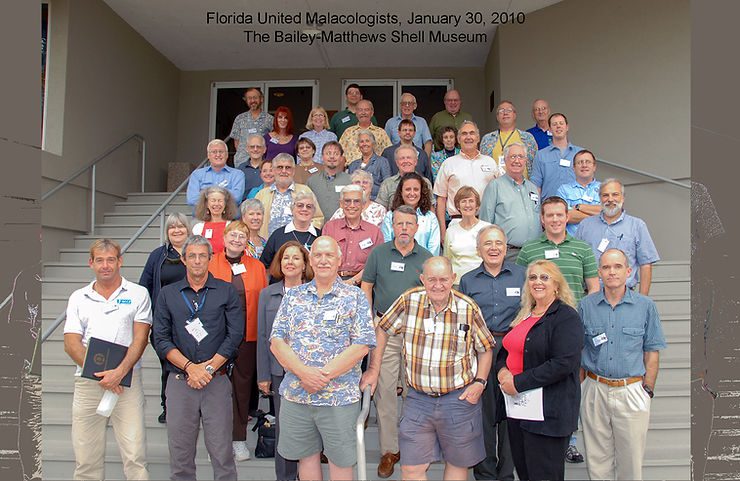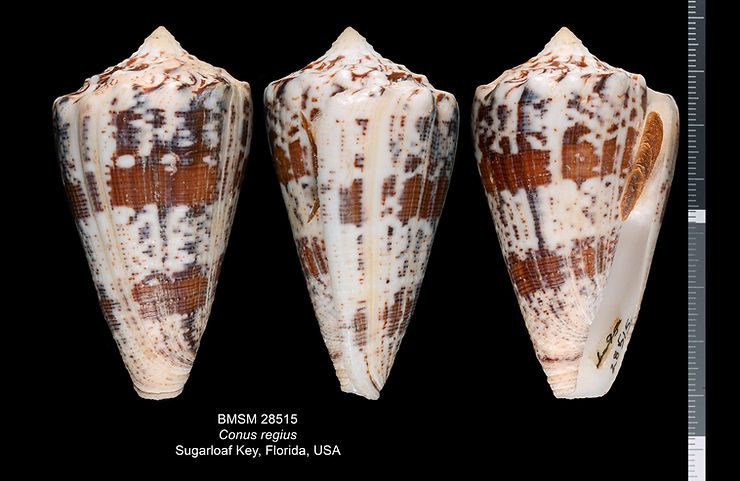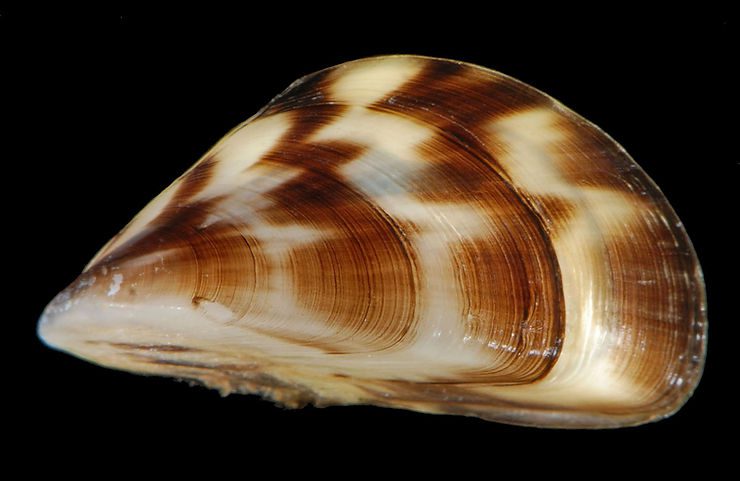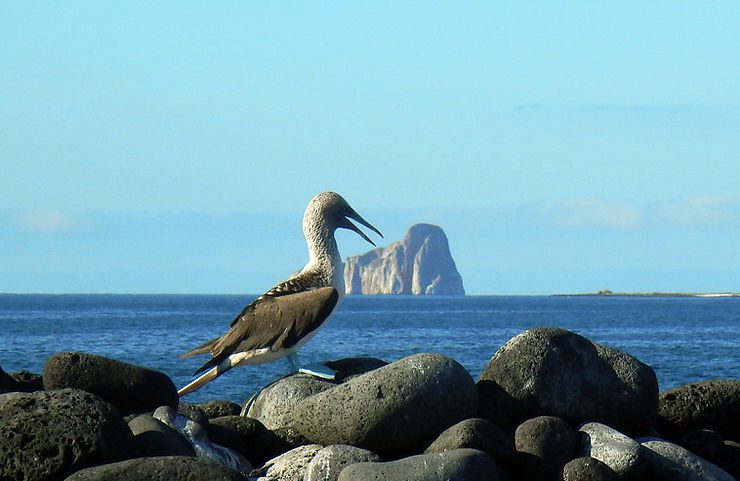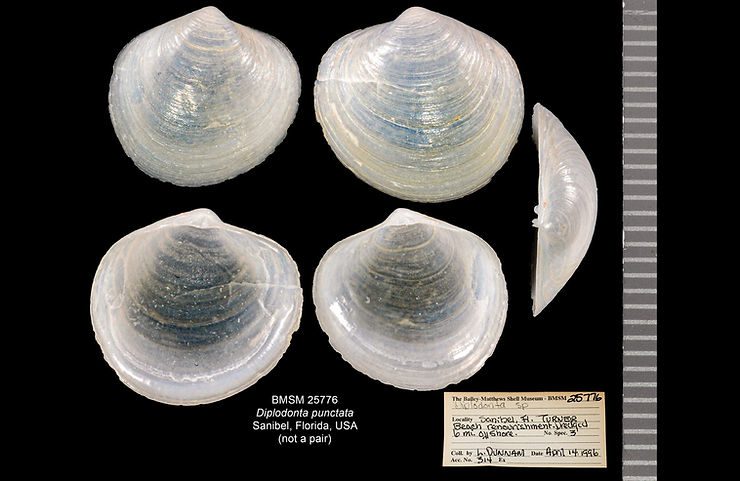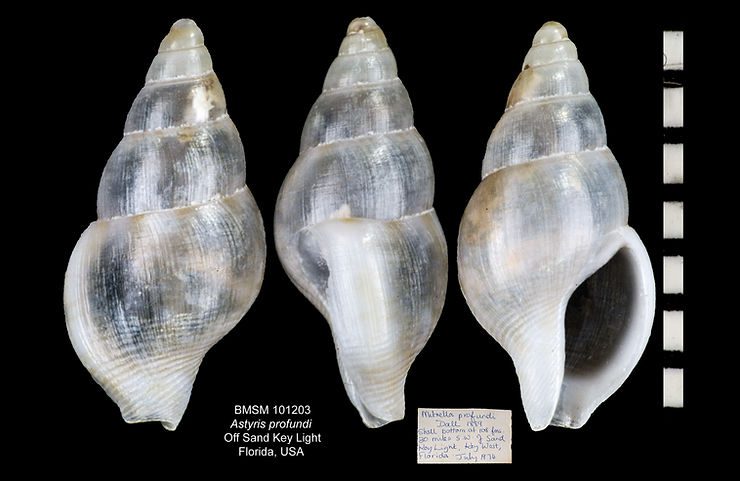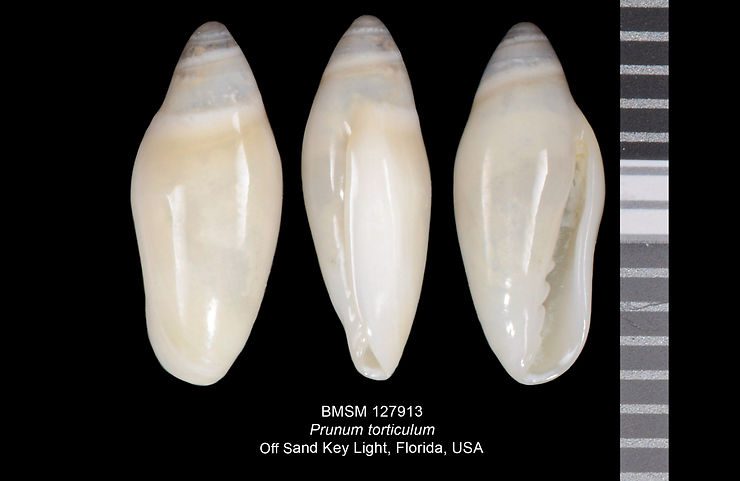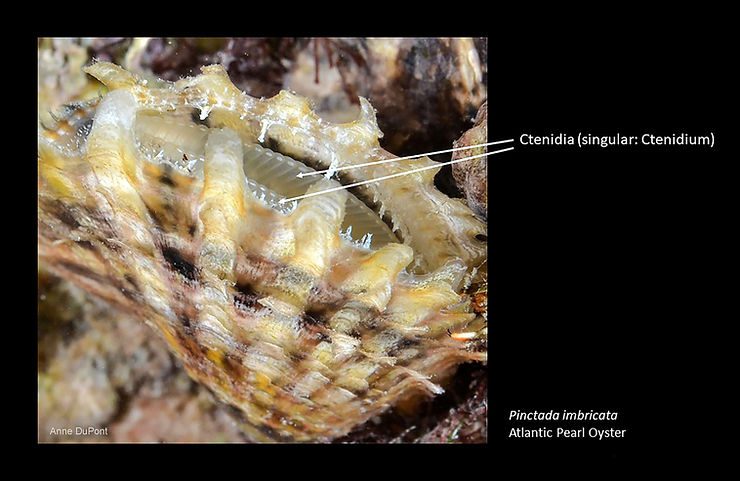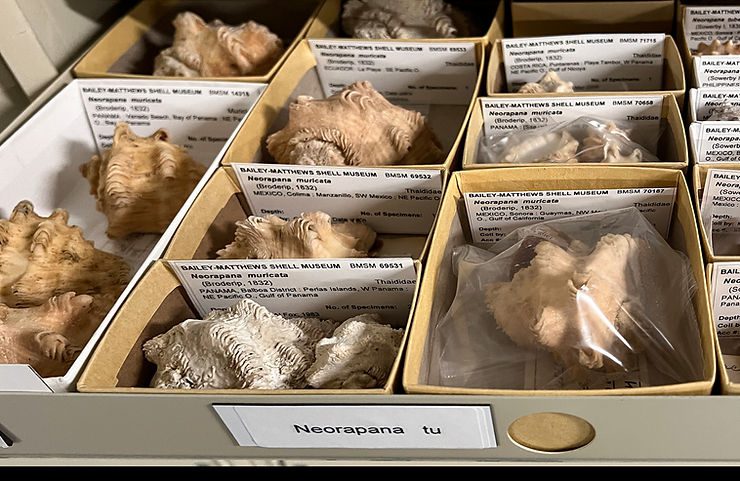
Behind the Scenes at the Museum Collection
The Fort Myers News-Press / Naples Daily News is publishing a series of articles to celebrate Shell Week (week of the Shell Show and Shell Festival). Last Wednesday’s article highlights work done in the collection department of the Museum. We are very happy with the opportunity, given that natural history collections usually don’t receive much airtime in the media. Thanks to News-Press staff, and in particular to Amy Williams, Mark Bickel, and Andrew West. Read the article here.

